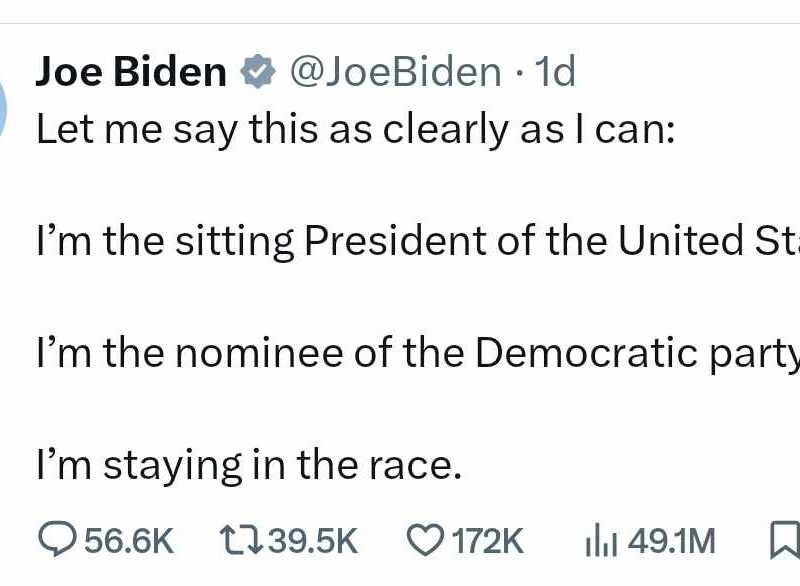The Election Makes No Sense
Every American, whether Democrat, Republican, third party, or even unregistered, should question the results of the 2020 presidential election. Setting aside anecdotal evidence and specific allegations of fraud, even setting aside questions as to the validity of Joe Biden’s apparent victory, a lot about this election simply doesn’t pass the sniff test.
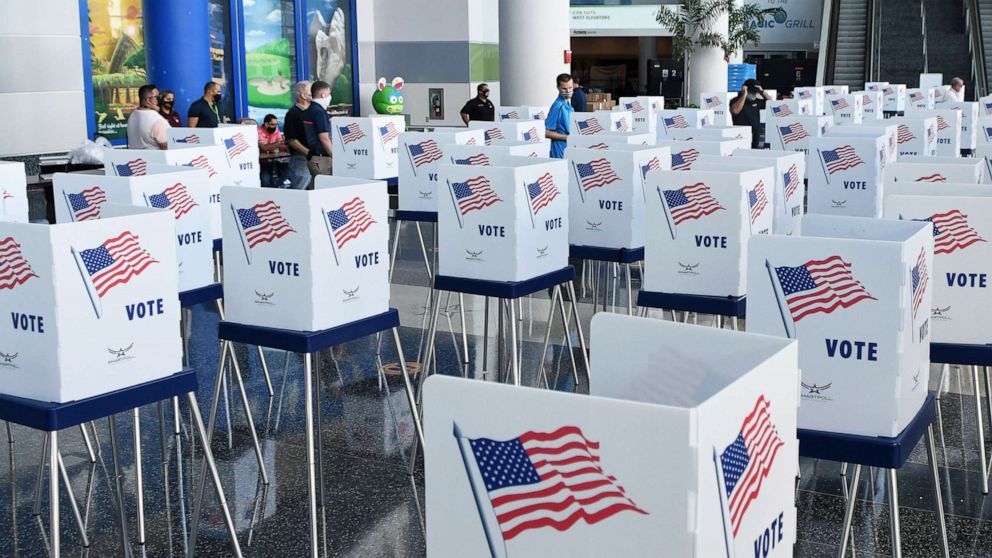
Like most Millennials, every election in my adult life has occurred under the shadow of the disastrous presidential election of 2000 and the infamous Bush v. Gore Supreme Court case. As much as the results of that election were questioned and picked apart, both in court and in the press, no meaningful electoral reform resulted. Most states even refused to purge their voter rolls in the ensuing years (I am presently, and through no fault of my own, registered to vote in at least two states, because states do not tell each other when people move). No steps were taken to secure or improve American elections or to reassure American voters of electoral integrity. Consequentially, every American, regardless of political affiliation, should question the integrity of every election.
Interested in learning more about Israel and current events in the Middle East? Visit Inside Israel News today!

Specific to the most recent election, voter turnout numbers strongly suggest that something untoward has occurred. As of this writing, 158,185,292 votes have been tallied, according to the Associated Press. Approximately 224 million Americans are eligible to vote, although not all are registered (link provides adult citizen population as of 2018, and I rounded up and then subtracted disenfranchised felons). Voter turnout is defined as the percentage of eligible citizens who voted, and the current numbers are just shy of 71%. The last time voter turnout topped 66% was in 1900, and average turnout for the last century has been 55.3%. When placed on a bell curve, the 2020 voter turnout is just shy of 4 standard deviations from the hundred year mean (in other words the chances of such high turnout are just over 0.006%). That means that this election is a statistical outlier. From a statistical perspective, such unusually high turnout is highly suspicious and warrants a second look regardless of the result.
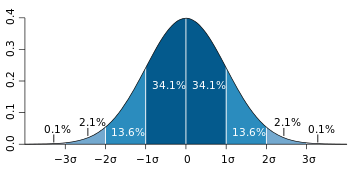
Those turnout numbers are even more suspect when examined as a percentage of registered voters. In 2018, there were approximately 153 million registered voters in the United States. Voter registration is generally higher in presidential election years, and peak voter registration was in 2016, with 157.6 million registered voters. The current number of votes tallied far exceeds the number of registered voters in any prior election. Even if we assume record high voter registration in 2020, with 160 million registered voters, that would put turnout at 98.9%. To put that in perspective, Australia has mandatory voting laws. That means that all adult Australians are required by law both to register to vote and to vote. In their 2019 election, Australia enjoyed 91.9% voter turnout out of 96.8% registration, which the government considered high. The notion that America would have higher turnout of potential voters than a country with mandatory voting laws is just as preposterous as the notion that every, or almost every, registered voter would turn out in any election. These numbers alone indicate that something is seriously wrong with the current turnout numbers.
Meanwhile, as Democrats have asserted a blowout victory in the presidential election, they have suffered defeats in Congressional races across the country, with at least 9 Democrats seats flipping (and the lone Independent seat) to Republican challengers, including several in solidly Blue states. The Democrats failed to flip any state legislatures to their side either. With the exception of the Oval Office, the most recent election was a very, very good one for the GOP. Therefore, we are asked to believe that large numbers of Republicans voted for Biden, but voted party line down ticket, and that they turned out by the millions to do so.
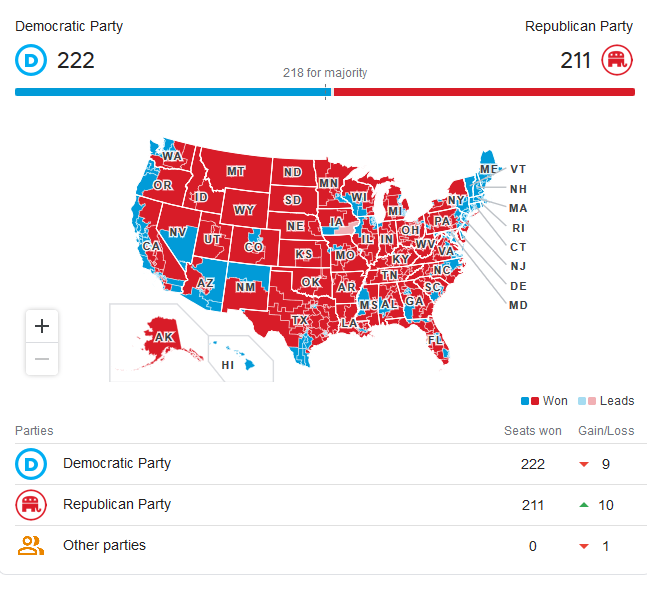
Despite Joe Biden consistently performing poorly in favorability polls (Do you trust the candidate? Are you excited to vote for him? Etc.) and not having any of the political correctness brownie points that have fueled high Democrat turnout in the past, we are asked to believe that Biden far out-performed both Hillary Clinton and Barack Obama at the polls. Moreover, we are asked to believe that Donald Trump picked up over 11 million extra voters on top of his 2016 showing and still lost by 7 million votes. That kind of thing simply does not happen. Presidents who pick up votes in their reelection campaigns win, and candidates who are viewed as the “lesser evil” or the only alternative to a despised candidate do not garner high turnout numbers. People get excited to vote for someone, not against someone else. Historical voting patterns bear that out.
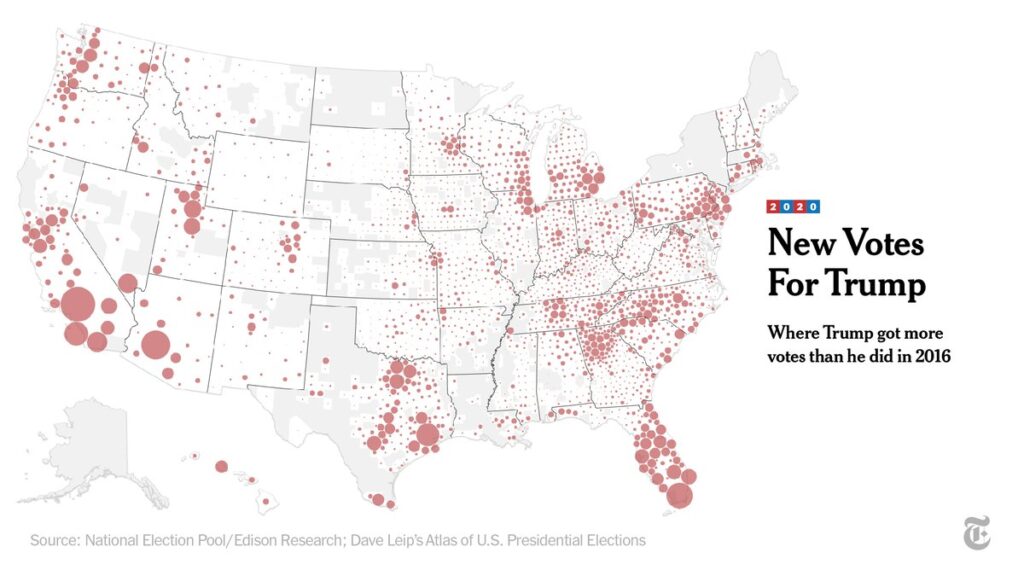
We also know something is wrong based on both the presence and absence of data concerning voter demographics. The press has been remarkably hesitant to share any information whatsoever about voter demographics—a normal part of the election postmortem in the news cycle. This year, the press has largely been silent. What little analysis I have found shows that Trump picked up votes in urban areas and Democrat strongholds and that he improved his showing among most minority demographics, including white women, black voters, and Hispanic voters, while suffering a negligible loss of support among white men. If that is the case, then where did Biden’s 81 million voters come from? How can an incumbent broaden the scope of his base, gain over 11 million votes, and still lose? It simply doesn’t add up.
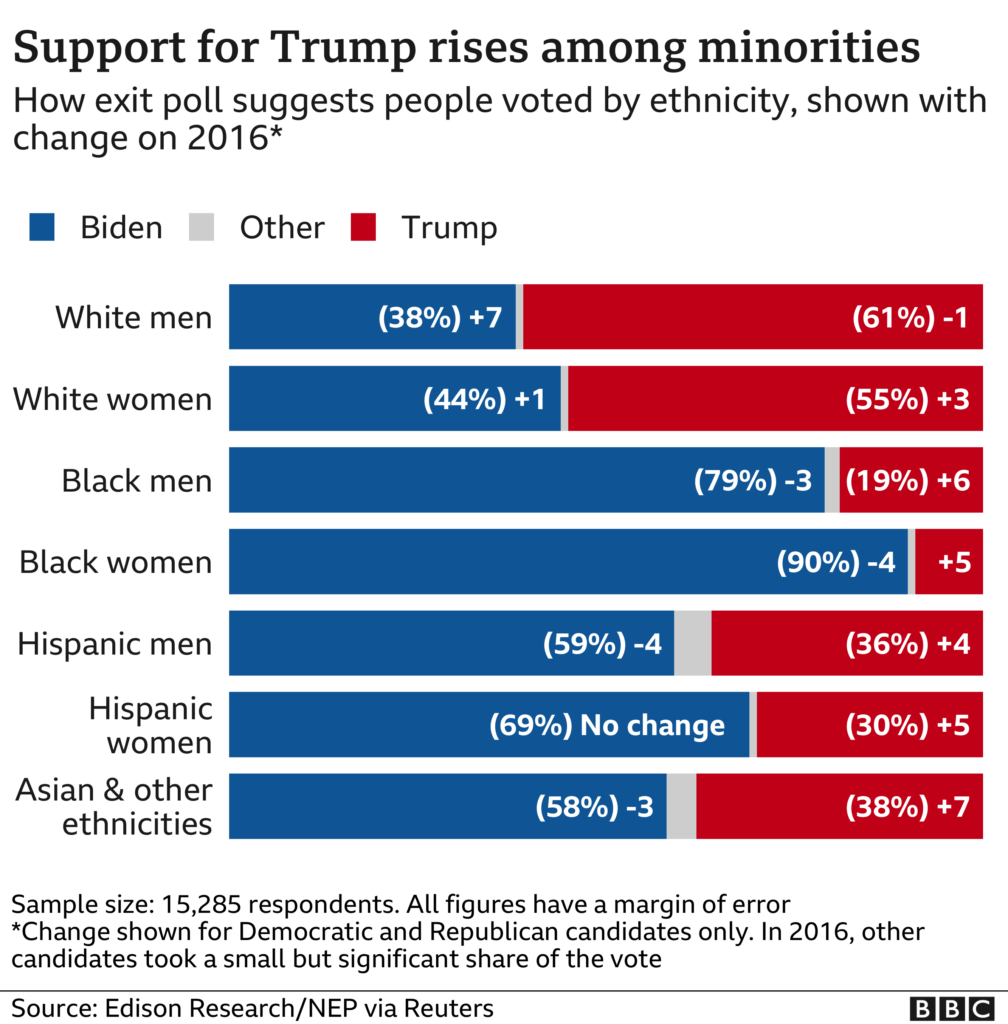
Meanwhile, the difficulty I have had digging up basic voter information is extremely suspicious. One simply can’t find a current tally of eligible American voters online. Even a Google search for “total adult population of the US” fails to yield useful results, even from the Census Bureau. Instead, I have been stuck looking up the total numbers of children, resident aliens, and disenfranchised felons and subtracting those from the total US population in order to estimate the number of eligible voters. Being able to find such basic census information is a pretty low bar for transparency, and the absence of that transparency, either from government institutions or the press, is cause for concern.
There is no doubt that this most recent election enjoyed higher than average voter turnout and that both sides were motivated to vote. However, any turnout above 65% should be trusted only with extreme caution and audited within an inch of its life. Moreover, the idea that pro-Trump down-ticket Republicans not only maintained their numbers, but expanded on them, that Trumpism met no further rebuke from the voters than the removal of Trump and the election and reelection of his supporters is so far beyond laughable as to be infuriating. The current election numbers are simply not plausible and should be rejected across the board. In order to have valid, reliable elections going forward, America requires top-to-bottom electoral reform.





